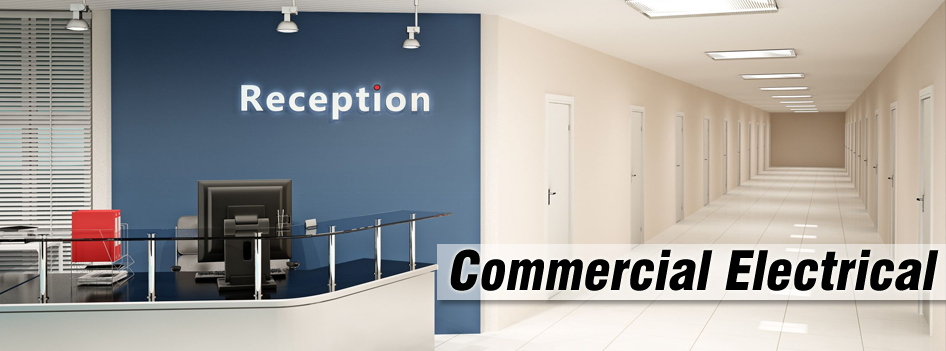Electrical Power in Commercial Enterprises
Seamless supply of electric power is a basic necessity in commercial enterprises. The lighting, air conditioning, computer networks, security alarms, and various telecommunication devices run on power and so the total requirement of power in a commercial enterprise is much larger than domestic requirements.
The electric power system for commercial facilities needs to be maintained very well for flawless working.
The power system is a basic network of electrical components used to supply, transmit, and distribute electric power. It comprises a grid with generators to supply the power, transmission system to carry the power from generating centres to load centres and distribution system to feed the power to commercial enterprises in the region.
Electric power is the product of voltage and current. These may vary with respect to time as in AC power or may be kept at constant levels – DC power. The AC power or alternating current frequently reverses direction. AC electricity is measured as per its cycles with one complete cycle being counted each time a given current travels in one direction and then doubles back on itself.
An electric current can complete many cycles per second and is then given its frequency rating based on that number. DC or direct current travels through a circuit in only one direction. It is the type of electrical power that is produced by fuel cells, batteries and generators equipped with commutators.
In a commercial facility the air conditioners, lighting, and refrigerators use AC power and DC power is used for computers and digital equipment.
AC electric power can be easily transformed between voltages and thanks to this power can be transmitted over long distances with less loss at higher voltages. Hence, in power systems where the generation is far from the load, it is important to step up the voltage of power at generation point and then decrease the voltage near the load. Also, it is economical to install turbines that produce higher voltages than the requirements of most appliances in a commercial facility, so the ability to easily transform voltages implies that this mismatch between voltages can be easily managed.
For digital systems, DC power is the only practical choice and is more economical to transmit over long distances at very high voltages.
The costly impact of power quality problems are most evidently realised when an equipment or product suffers damage. It not only results in business downtime but also the repair and replacement costs.
Power quality problems do not just impact sensitive electronic components. A harmonic distortion can also affect normal loads such as motors and transformers.
If the voltage or current wave shape is not sinusoidal, it is considered distorted. Electric noise, also referred to as electromagnetic interference is another problem caused by poor power supply. It comprises high frequency and low voltage signals coupled onto the power lines and may cause disturbance in equipment connected.
Quality management is therefore very essential for power supply regulation in all commercial enterprises. Testing and maintenance must be taken care of to ensure that the entire system is in prime working condition.







